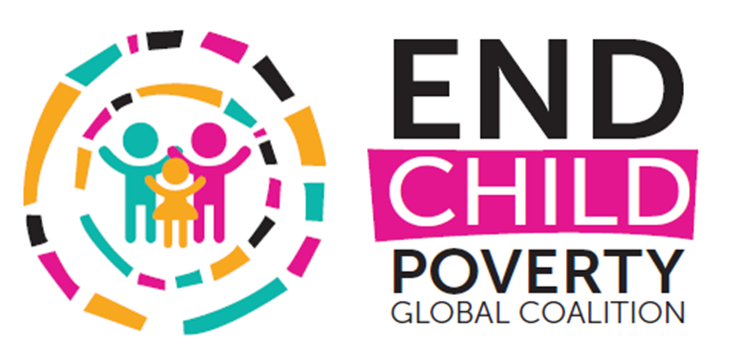Voluntary National Reviews for the Sustainable Development Goals: Are countries committed to ending child poverty by 2030?
For the first time in history, nations have agreed to end extreme child poverty (children living on less than $1.90/day) by 2030, as part of the global Sustainable Development Goals (SDG) - and to halve child poverty as nationally defined. 2019 marks the fourth year of the SDGs – we have eleven years remaining to achieve these ambitious, but absolutely attainable child poverty targets of SDG 1.
However, the global and national efforts required to achieve SDG 1 are significant. Children bear the greatest brunt of poverty: as of 2016 there were 385 million children struggling to survive on less than $1.90/day and as of 2019, there were 663 million children living in multidimensionally poor households.
The 2030 Agenda asks member states to conduct regular and inclusive reviews of progress at the national and sub-national levels, and these should be country-led and country-driven. These Voluntary National Reviews (VNRs) have been presented annually at the United Nations High-Level Political Forum, enabling countries to report their progress on the SDGs as well as share information with other countries.
This Coalition brief focuses on how children living in poverty are reflected in the VNRs, based on content analysis of VNR reports from 2017, 2018 and 2019 – with a specific focus on the latest July 2019 HLPF.
Title: Voluntary National Reviews for the Sustainable Development Goals: Are countries committed to ending child poverty by 2030?
Author/s: Global Coalition to End Child Poverty
Publication date: October 2019
Download HERE

